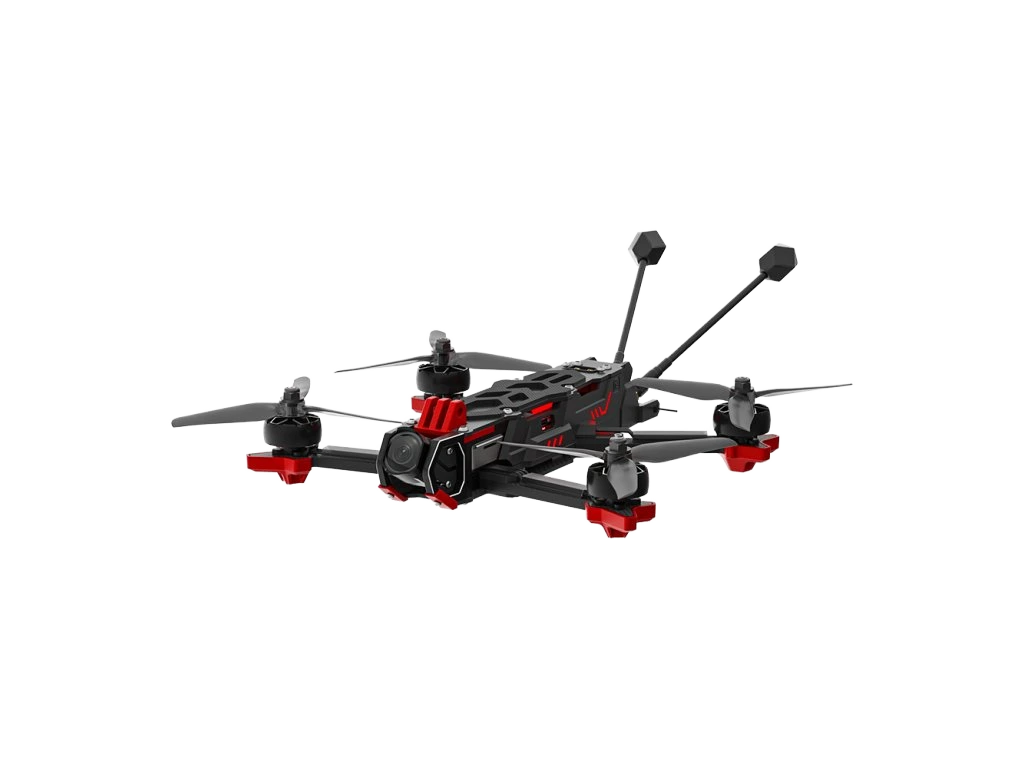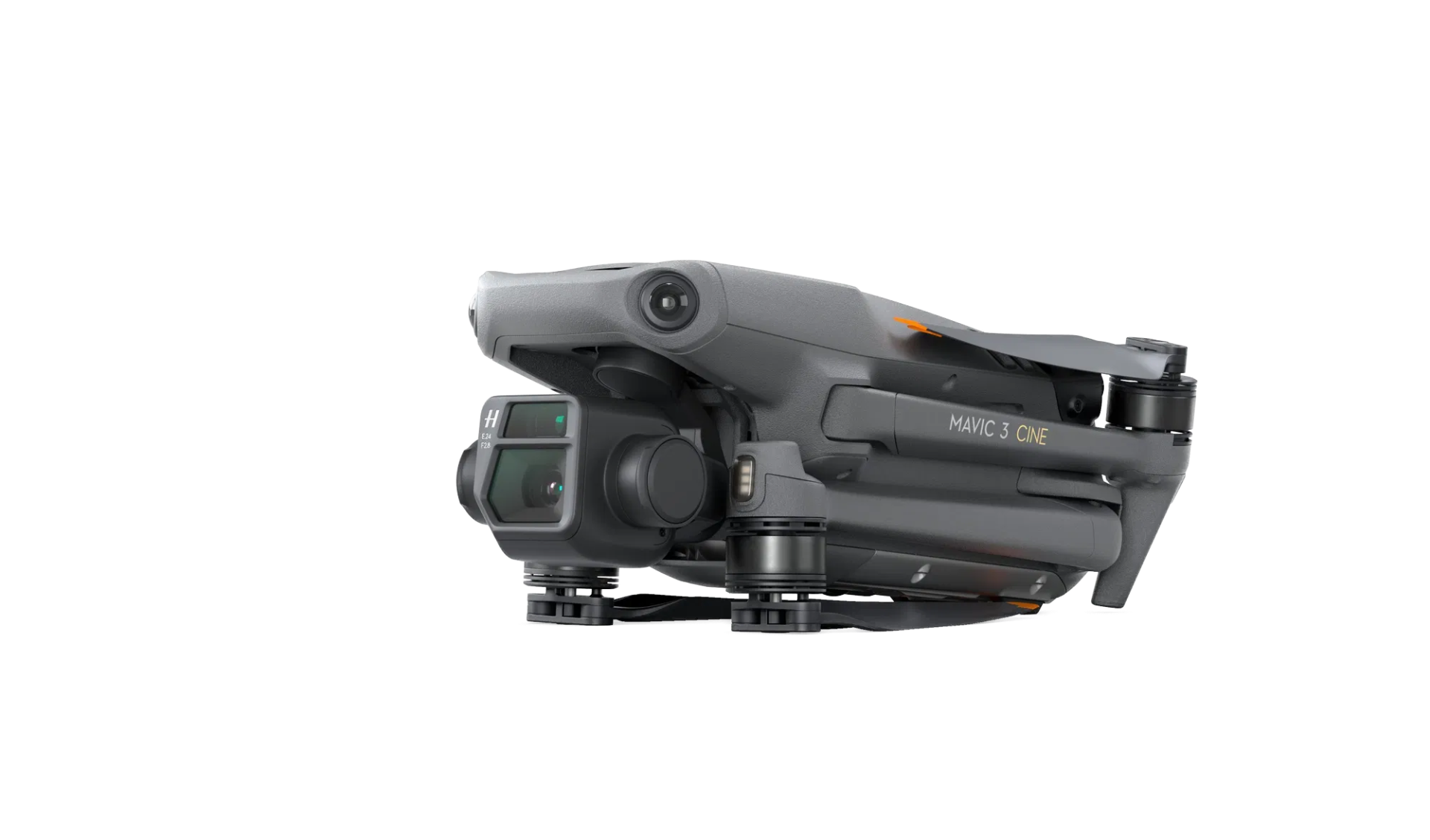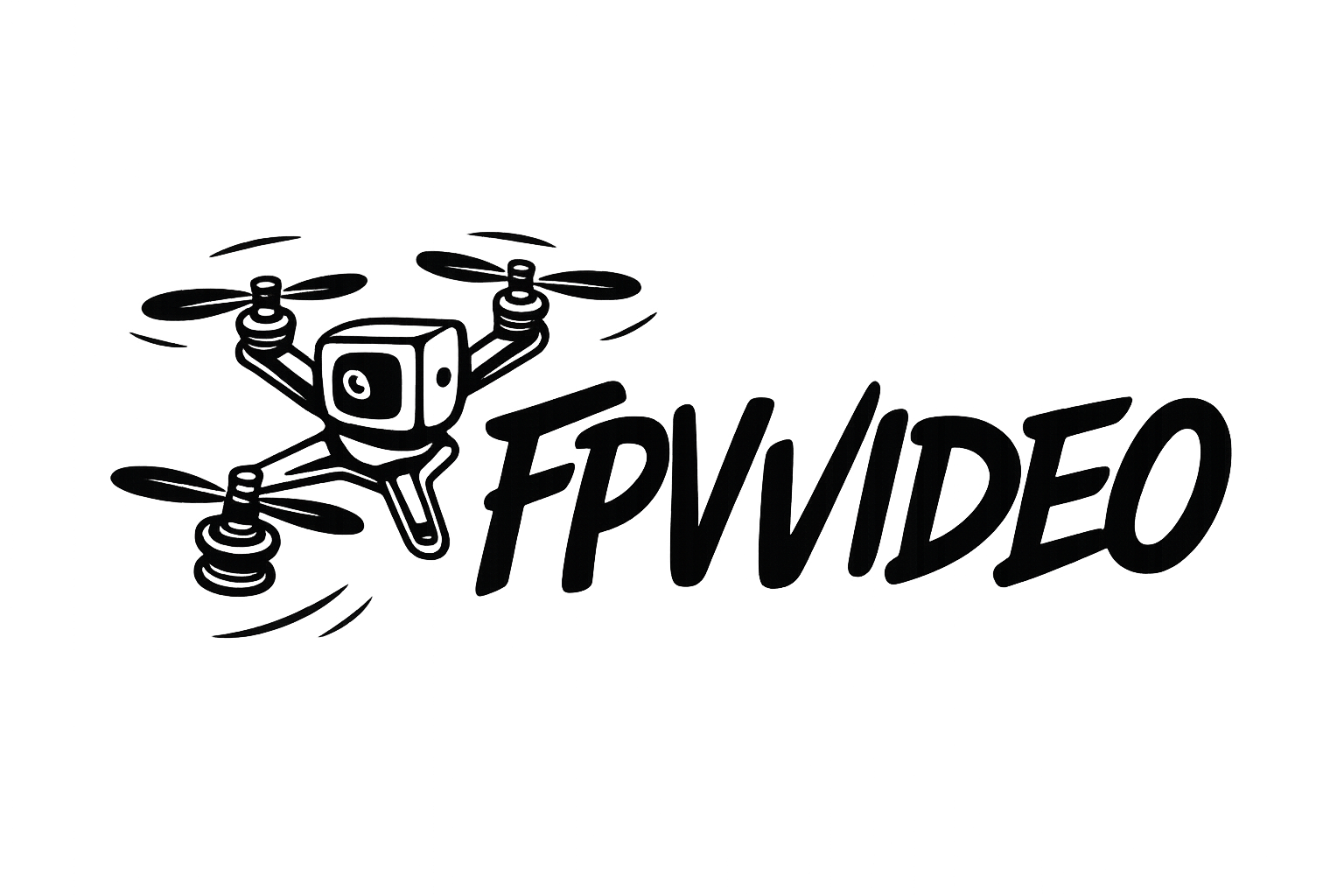FPV drone vs film drone - differences, legislation and filming style

In the realm of professional aerial production, comprehensive video production, and advanced drone photography, there exist fundamentally two distinct approaches that define the workflow, creative possibilities, technical requirements, and overall filming strategy: on one side, highly dynamic, fast-paced, and agile flights with FPV drones, and on the other side, carefully planned, stable, and controlled filming using professional "cinematic" drones. Understanding these essential differences is absolutely crucial when selecting the right drone for any specific project, as the choice directly affects the drone pilot's required skills and experience, the types of shots captured, creative opportunities, lighting considerations, post-production work, and strict adherence to legal regulations and safety standards. Whether the project involves commercial video production, promotional content, real estate presentations, sports events, technical inspections, or industrial documentation in Prague, Central Bohemia, throughout the Czech Republic, or even Slovakia, selecting the most suitable drone ensures both creative freedom and professional-quality results in every production.
Piloting Skills and Complexity – FPV vs. Cinematic Drone
FPV drones, also known as "First Person View" drones, allow the drone pilot not only to see but also to control the drone directly from the camera’s perspective. These flights are often highly agile, dynamic, and reactive to the immediate environment, requiring the pilot to have advanced experience, exceptional spatial awareness, and the ability to make instant decisions in complex scenarios, such as flying through narrow urban streets, dense forests, or mountainous terrain. Cinematic drones, on the other hand, are specifically designed for smooth, controlled, and predictable flights, where the highest priorities are precise trajectory, perfect shot composition, and stable, consistent imagery. A cinematic drone pilot focuses meticulously on planning each movement, camera angle, and drone position, ensuring that every shot is visually cohesive, perfectly smooth, and professional. While FPV flights emphasize creativity, agility, and unique visual impact for the viewer, cinematic drone operations prioritize technical precision, controlled motion, and predictable, professional-quality footage suitable for extensive post-production work.
Drone Construction, Setup, and Maintenance
FPV drones are often either completely custom-built or specifically modified setups, tailored to the pilot’s personal style – from freestyle maneuvers and racing flights to complex action sequences. This flexibility allows for rapid adjustments, component replacements, testing new configurations, and optimization of the drone specifically for individual projects and filming locations, such as technical inspections or commercial video and photo productions in Prague, Central Bohemia, and other areas across the Czech Republic. Cinematic drones, in contrast, are typically closed systems with advanced stabilization, integrated electronics, and professional-grade components that require specialized servicing for repairs or adjustments. FPV drones provide unparalleled creative freedom and immediate adaptability to any filming scenario, whereas cinematic drones guarantee reliable, stable flight and consistent, high-quality imagery ideal for professional post-production.
Video Recording Techniques and Shot Types
FPV drones are particularly effective for capturing dynamic, action-oriented, and immersive shots, including flying through tight corridors, rapid altitude changes, dramatic camera angles, and fast-paced action sequences. Cinematic drones, conversely, excel in long, smooth, and carefully composed shots – panoramic flyovers, object tracking, or slowly moving horizon lines. The FPV approach offers distinctive perspectives and a unique visual style, whereas cinematic drones guarantee smoothness, predictability, and professional-grade stability of every shot. Both approaches require careful consideration of location, light conditions, and the intended final purpose of the footage.
Hybrid Solution – "CineLifter"
At the intersection of FPV agility and cinematic stability is the so-called "CineLifter" – a larger FPV drone equipped with a gimbal that allows the attachment of professional cameras or DSLRs. This hybrid solution combines the agile flight characteristics of FPV drones with the stable, high-quality recording capabilities of cinematic drones. CineLifter enables the combination of adrenaline-driven FPV shots with controlled, professional cinematic footage, making it a versatile tool suitable for urban, rural, and industrial locations. This type of drone generally falls into category A3 and requires skilled operation to meet both creative objectives and legal compliance standards.
Legislation and Operational Categories
Compliance with legal regulations is critical for safe and authorized drone operation. Most FPV drones fall under category A3, meaning flights are restricted to areas away from people and densely populated zones. Exceptions exist in private or controlled environments, such as stadiums, where specific operational rules apply. Some FPV drones, including DJI Avata 2 models with a C1 classification, can legally operate closer to people under certain regulatory conditions. Cinematic drones with proper certification may fly in categories A1 and A2, allowing aerial filming in cities, urban areas, or near people while fully adhering to safety and legal standards. Specific projects may require authorization under the "specific" category, ensuring that professional filming, technical inspections, commercial video and photo productions, and other professional production activities are conducted legally and safely.
Choosing the Right Drone for Your Project
Selecting between FPV and cinematic drones entirely depends on project goals, desired shot style, and specific filming conditions. Fast-paced, action-oriented, and highly creative sequences are best captured with FPV drones, whereas smooth, precise, and stable aerial videos, especially over urban areas or near people, require cinematic drones. The CineLifter offers a hybrid alternative, combining both approaches for maximum flexibility and creative control. Ideally, having access to both FPV and cinematic drones allows precise selection for every scenario, ensuring legal compliance, artistic freedom, and the production of high-quality footage.
Ultimately, choosing the right drone is essential to achieve professional results. It ensures safe operations, visually compelling footage, accurate technical inspection documentation, and a seamless post-production workflow. By combining the agility of FPV drones with the stability of cinematic drones, drone pilots can successfully carry out projects in Prague, Central Bohemia, across the Czech Republic, and even in Slovakia, achieving the perfect balance between creative expression and technical precision while delivering each production to the highest professional standards.


